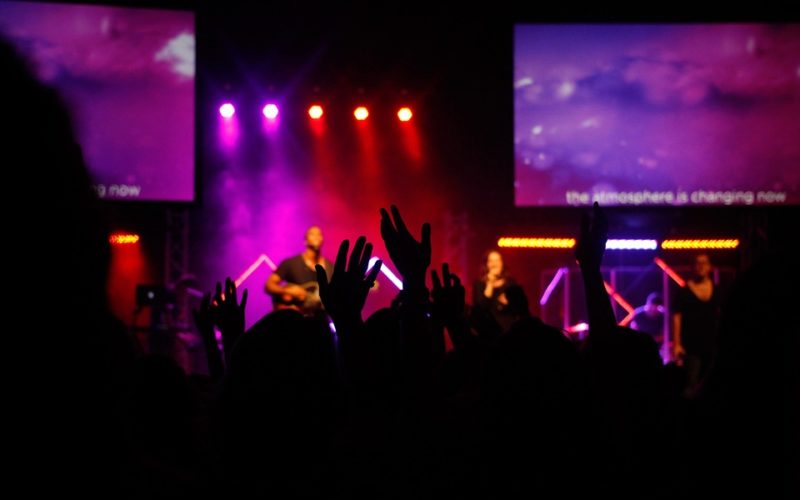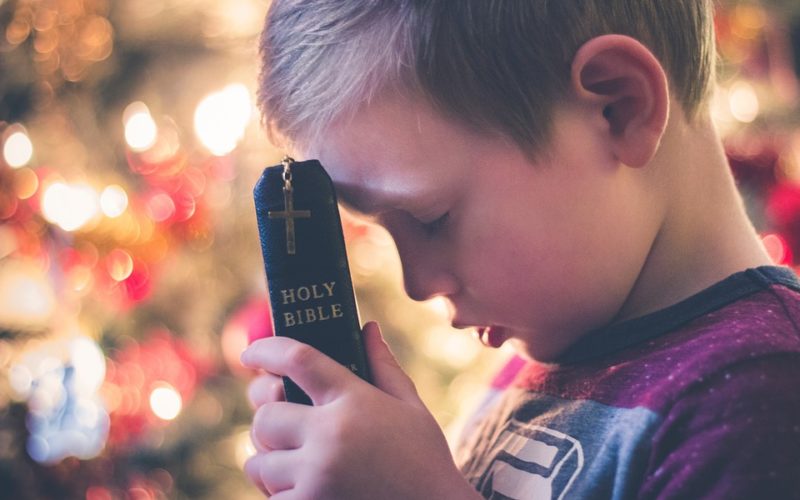The majority of religious institutions have their own set of programs for youth, and many of them are designed with the idea of helping the youth of their community stay on a good path. Some of them are activities that are fun, but others have a more serious nature. Helping their community is often part of the service they are expected to give, and they receive religious education classes as part of their membership obligation.
Modern religious institutions are still centered on the family, and many of them now help parents with child care and activities. Some of them have daycare centers where the children can be placed while their parents work, but not all activities are for that purpose. Young children often find it difficult to stay home when their parents go out, so there are often date nights or shopping nights where the youngest members of the congregation can play with friends while their parents are occupied.
Community activities are often for teenagers, and they include a variety of choices. Feeding the hungry has long been a mainstay of many religious communities, and gathering canned food items is often left up to teenagers. They are guided by an older congregation member or official, but the work is left up to them as a group. It promotes a sense of community, and it gives them a structure for future volunteering and good works. Their participation is not mandatory, so each adolescent joining the group is there on their own merit.
Religious education is often dull and boring, but it is one of the most important facets of growing up within a religious community. Classes are held at least one day per week, but youth old enough to make a firm commitment to the institution often have additional classes. They are often grouped by age, and this gives them a sense of belonging to their own peer group within the institution.













